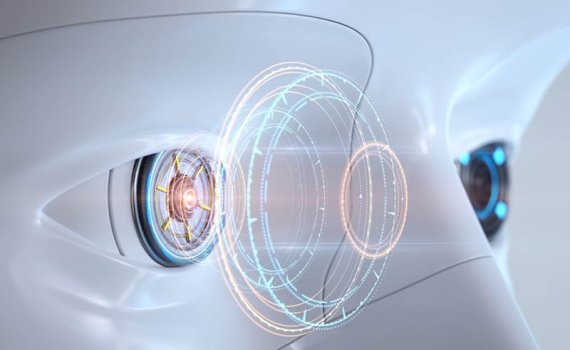Identity and access management (IAM) today is much more complicated than in the early days of the internet.
For starters, we have a plethora of account types: "user," "guest," "admin" and "service" accounts with associated passwords requiring regular managed changes to protect a variety of systems. Password creation has also become much more complicated: You need a minimum of eight characters, one uppercase, one lowercase, numbers and special characters. Plus, personal identification numbers (PINs), two-factor authentication (2FA), multi-factor authentication (MFA), biometrics, soft and hard tokens, card readers, proximity sensors and photo ID form parts of our individual access and identification profiles.
With all these tools in place to manage who gets access to what data and under which circumstances, cyberattacks must be a thing of the past. Right?
Cybercriminals' methods have evolved alongside changes to cybersecurity standards -- and they're now using artificial intelligence (AI) and machine learning (ML) to hack into your accounts.
Here's how, and what you can do to prevent it:
How AI Can Compromise Cybersecurity
Even the most sophisticated hacking tools need human-like intelligence to direct them against potential victims. That's where AI comes in.
Continue reading: https://www.techopedia.com/ai-in-cybersecurity-the-future-of-hacking-is-here/2/34520
For starters, we have a plethora of account types: "user," "guest," "admin" and "service" accounts with associated passwords requiring regular managed changes to protect a variety of systems. Password creation has also become much more complicated: You need a minimum of eight characters, one uppercase, one lowercase, numbers and special characters. Plus, personal identification numbers (PINs), two-factor authentication (2FA), multi-factor authentication (MFA), biometrics, soft and hard tokens, card readers, proximity sensors and photo ID form parts of our individual access and identification profiles.
With all these tools in place to manage who gets access to what data and under which circumstances, cyberattacks must be a thing of the past. Right?
Cybercriminals' methods have evolved alongside changes to cybersecurity standards -- and they're now using artificial intelligence (AI) and machine learning (ML) to hack into your accounts.
Here's how, and what you can do to prevent it:
How AI Can Compromise Cybersecurity
Even the most sophisticated hacking tools need human-like intelligence to direct them against potential victims. That's where AI comes in.
Continue reading: https://www.techopedia.com/ai-in-cybersecurity-the-future-of-hacking-is-here/2/34520

